Life changed dramatically for Alasdair Kearton and his family after he fell ill with ME.
It all started when Scotland was just beginning to come out of the first lockdown in July 2020.
“He was just knackered,” mum Toni explains. “He was either in his bed or on the sofa all the time.
“I thought maybe he had a bug, or was fed up of lockdown because school was finished.
“But after two weeks it still hadn’t shifted, so I took him to the doctor.”
Exhaustion and brain fog
The family GP discovered his glands were swollen and suspected the 13-year-old had come down with a virus.
When a blood test also revealed his iron levels were low, he started taking supplements but still felt “really tired”.
Even sitting chatting to his family was difficult with all the brain fog and exhaustion.
“During the summer he was exhausted and couldn’t cope with being with anyone for very long,” Toni, who lives near Grantown-on-Spey, explains.
“He usually joined us for meals, but we’re talking about five or 10 minutes at times, because he couldn’t handle the family banter.”
What was he like before he fell ill?
Before Alasdair fell ill he was an active boy who enjoyed playing tennis, going out for long bike rides and his studies at school.
But it soon became clear that the teenager had little energy and struggled to do anything outside of the house at all.
Going back to school after the summer holidays was difficult – he tried to do a whole morning and he was so exhausted he had to rest for days afterwards.
“For the whole autumn term up to Christmas it was just grim,” the 53-year-old said.
“We were aiming for three mornings a week and he never managed it, in fact for some time he couldn’t manage school at all.
“I was thinking, ‘should I push him or not, what’s the right thing to do here?’
“I was always phoning school to say he’s not coming in today, which was upsetting.”
If Toni had been working full-time she would have had to cut her hours down to support her son but the student was able to rearrange her week to help out.
The family then had a long wait for the diagnosis…
Toni began to suspect her son was struggling with myalgic encephalomyelitis (ME), a long-term condition with a wide range of symptoms.
She recognised the signs because her brother was once diagnosed, and has since recovered, from the long-term illness.
It’s a post-viral condition with symptoms similar to long-Covid such as intense fatigue, worsened by activity, along with painful muscles or joints.
But it would take more than two years to get an official diagnosis.
Alasdair was eventually referred to the paediatric service at Raigmore Hospital and more blood tests were taken to rule out other causes.
The results showed the teenager had had glandular fever, a common viral trigger for ME.
‘It seems incredible’
He was then referred to a specialist service set up to help young people dealing with fatigue and met with an “incredibly helpful” physiotherapist.
“She realised he had very limited energy and had previous experience of supporting children with extreme fatigue,” Toni explains. “We also developed a child plan with the school.
“She gave advice which was actually very helpful such as telling Alasdair to increase activities very slowly, no more than 10% at a time, and to always have energy in reserve.”
But the family were left frustrated when they were told they could not get an official diagnosis from their GP.
“NHS Highland don’t diagnose children under the age of 16 with ME, they call it unexplained fatigue,” Toni says.
“The lack of diagnosis didn’t mean we didn’t get any support. But because I knew it was ME and health guidelines recommend early diagnosis it was incredibly frustrating.
“I took him to the GP after he turned 16 and the GP diagnosed him on the spot because we’d already had all the tests and fitted all the criteria.
“That just seems incredible.”
This meant that it was difficult to explain the cause of Alasdair’s condition to other people and organisations.
NHS Highland says this policy is in place because there are many potential causes of fatigue in children and that many will find their health does get better.
Long-term illness: Why are the family so frustrated?
Although Toni is keen to highlight that staff at Grantown Grammar School have been very understanding and helpful.
Alasdair was also unable to help out with the world’s largest study Decode ME until he was old enough to get a confirmed diagnosis.
The Edinburgh University project was set up to research the genetic causes of why people become ill with myalgic encephalomyelitis.
But the long wait for the diagnosis is not the only source of frustration for Toni and her 47-year-old husband Iain who just want their son to get better.
Through online support groups they’ve learned there’s supplements and drugs that are helping some patients with ME.
There’s since been small improvements in Alasdair’s condition after taking high doses of vitamin B.
Promising studies abroad have shown that low doses of Naltrexone, a drug normally used to treat opioid addiction, can help with pain and fatigue.
But it’s not a therapy Alasdair can try for the long-term illness.
“I’ve asked four GPs locally and they’ve all said they’d not heard of that and I would be lucky to get an NHS doctor to prescribe it,” Toni says.
“What I would really like is some medical input which might help a bit. We feel so frustrated that he can’t get this on the NHS.”
There is nowhere else in the NHS for the family to go to but they hope one day a specialist centre will be put in place for ME patients.
‘We’ve now got a glimmer of hope’
Fortunately for the Kearton family Alasdair, who is now 16, has been showing gradual signs of improvement in his condition.
Now he manages two-and-a-half days of school a week and he’s studying for his Higher exams.
But he still needs plenty of rest in between and barely leaves the house on all the other days and can’t do any physical activity. Just walking round school tires him out.
“I think one of the ways he has coped with it is by not thinking about it,” Toni says.
“He does get quite frustrated from time to time but I think he has coped incredibly.”
And Toni says all the research now being carried out into long-Covid, a similar post-viral condition, is encouraging.
“I think now that it is part of the story it’s definitely given us a glimmer of hope,” she says.
“This kind of fatigue is probably the immune system going into overdrive and it’s now going to be taken seriously.
“We keep trying to hold the positives and keep the atmosphere generally cheerful.
“But it’s heart-breaking sometimes. Of course you want your child to be normal and well and doing all the things they used to be doing.”
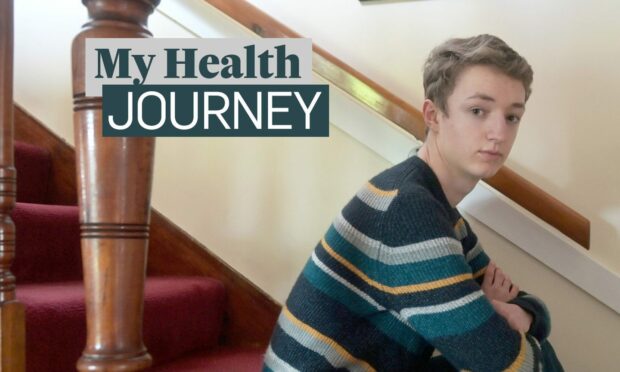
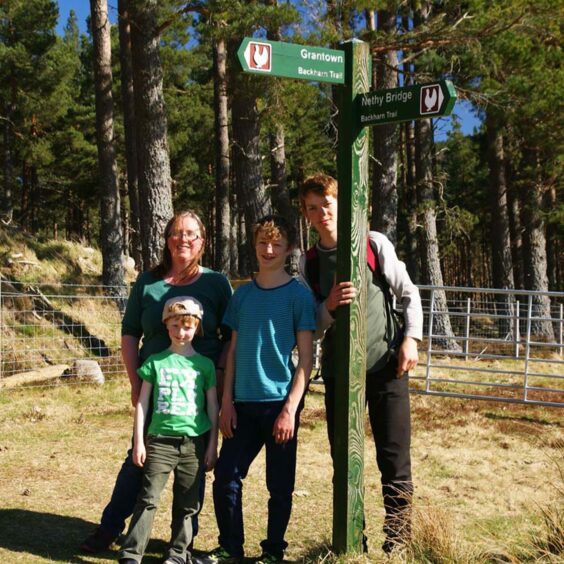
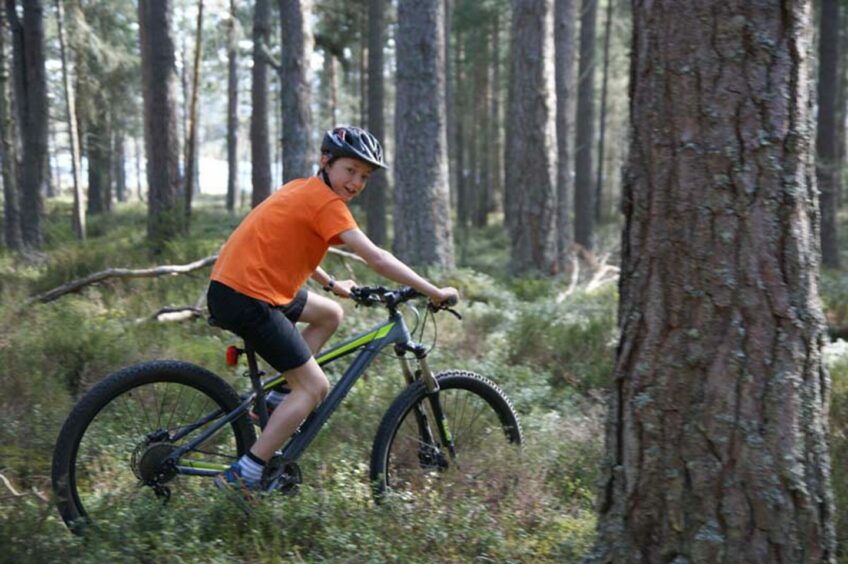
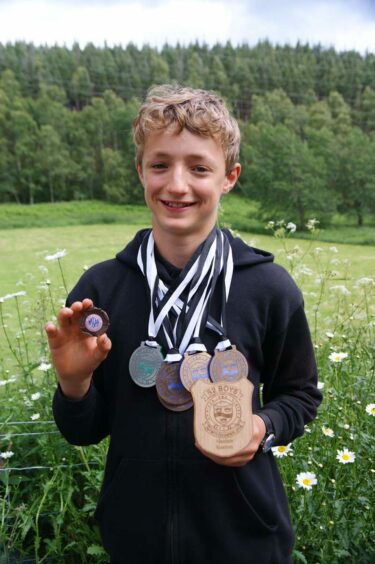
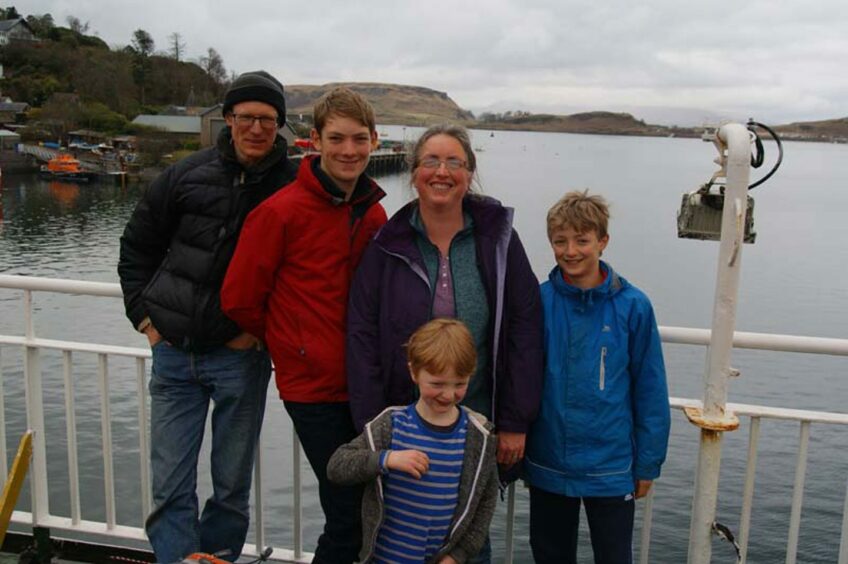

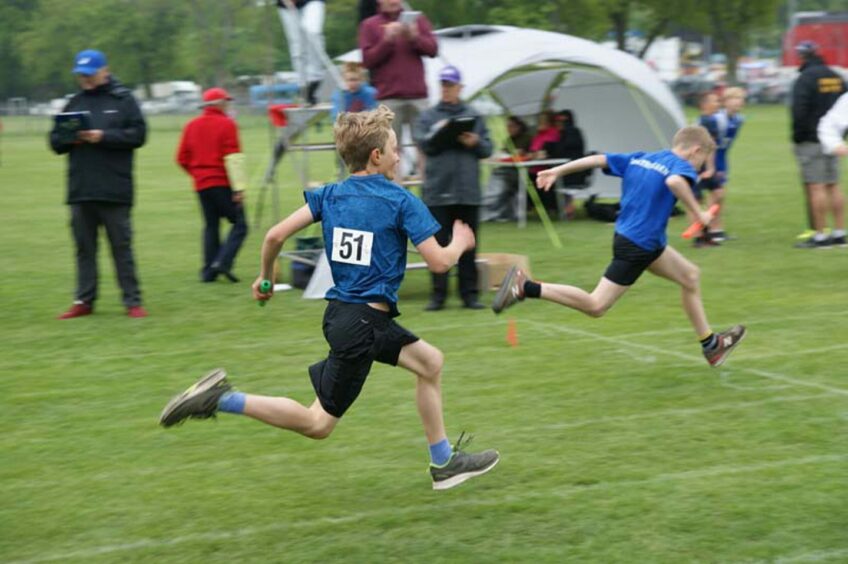
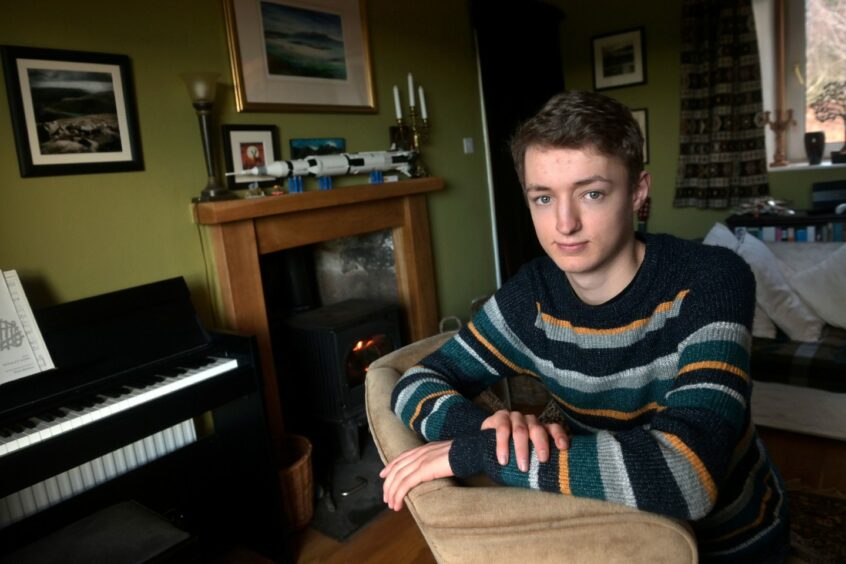
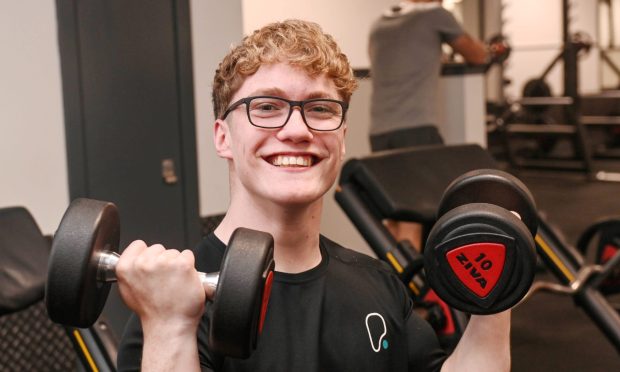
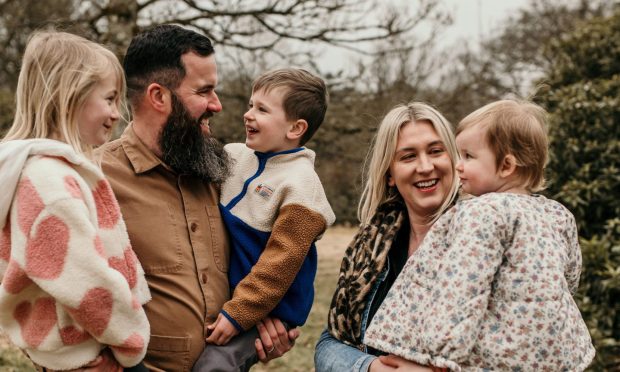
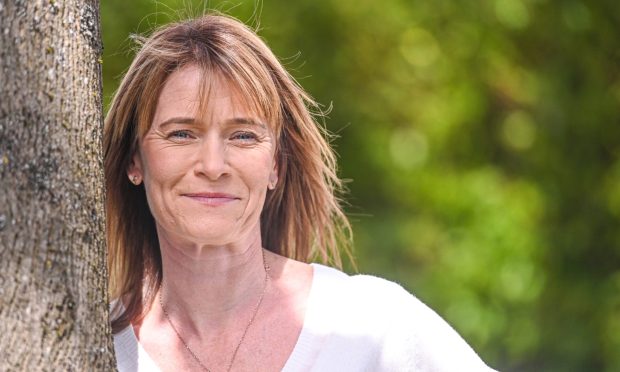
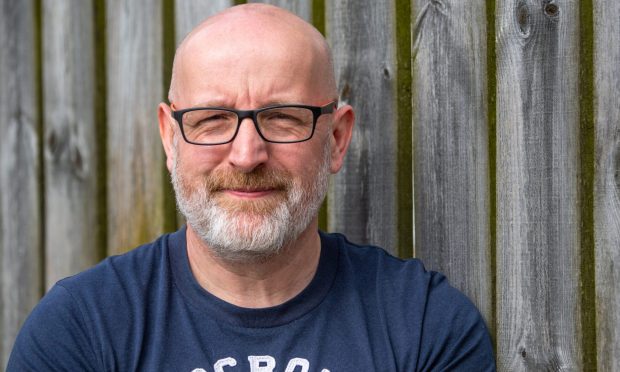
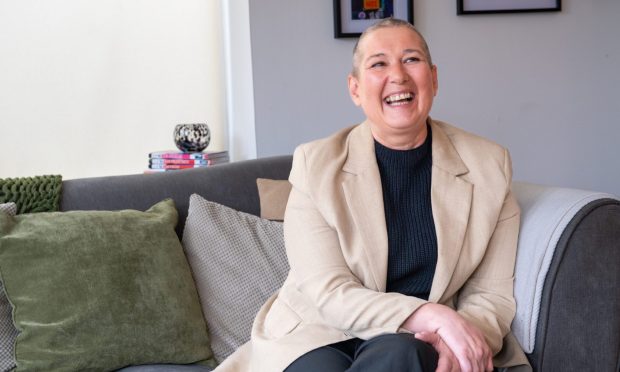
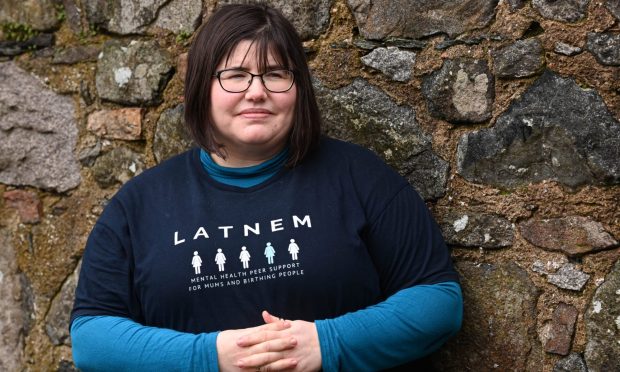
Conversation